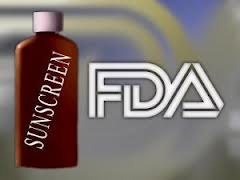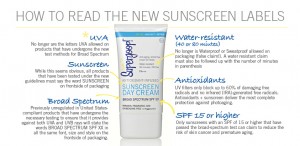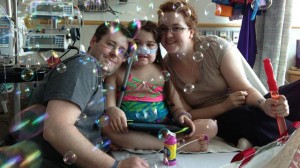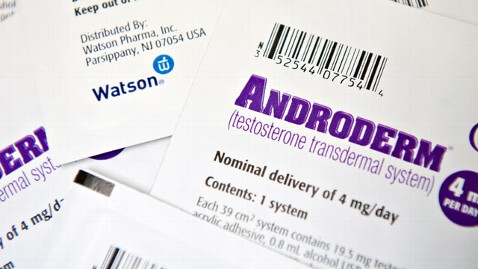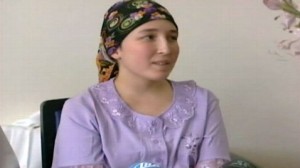Salad Mix Linked to Virus Outbreak

A salad mix linked to a severe stomach virus that sickened more than 200 people in Iowa and Nebraska has not been served at Olive Garden and Red Lobster restaurants there for about a month, a spokesman for the restaurants said on Saturday.
The Food and Drug Administration identified the salad, supplied by a Mexican farm, as responsible for the cyclospora outbreak in those two states. But the FDA said it is not yet clear if it was the culprit in 14 other states as well, and the investigation will continue.
Rich Jeffers, a spokesman for Orlando, Florida-based Darden Restaurants, which operates Olive Garden and Red Lobster, said
it has been more than a month since the last case was reported in Iowa and Nebraska. The shelf life of the salad is about two-weeks.
“We are fully confident along with health officials that in those states the product is out of the supply chain,” Jeffers said.
The cyclospora infections account for more than 400 cases of illness in 16 states, according to the Centers for Disease Control and Prevention. At least 22 people have been hospitalized.
The highest number of cases – 146 – were reported in Iowa, followed by Texas with 113, Nebraska with 81 and Florida with 25, according to the CDC. Other states have reported cases in the single digits.
Olive Garden and Red Lobster restaurants in Texas, the state with the second largest number of reported illnesses, are not supplied by Taylor Farms de Mexico, Jeffers said.
The majority of cases were reported between mid-June and early July, the CDC said.
“None of Taylor Farms’ other 11 facilities have been connected to these cases,” a statement on its Web site said.
The FDA also said its investigation has not found any problems with bagged salad mix found in grocery stores.
The states reporting cases of stomach illness are: Iowa, Nebraska, Texas, Wisconsin, Arkansas, Connecticut, Florida, Georgia, Illinois, Kansas, Louisiana, Minnesota, Missouri, New Jersey, New York, and Ohio.
Cyclosporiasis is most commonly found in tropical and subtropical regions of the world. Symptoms for the illness, caused by ingesting contaminated food or water containing a parasite too small to be detected without a microscope, include nausea, watery diarrhea and body aches.
Most people with healthy immune systems recover from the infection without treatment, but the elderly and those with weakened immune systems are believed to be at higher risk for prolonged illness.
Source: Fox News

